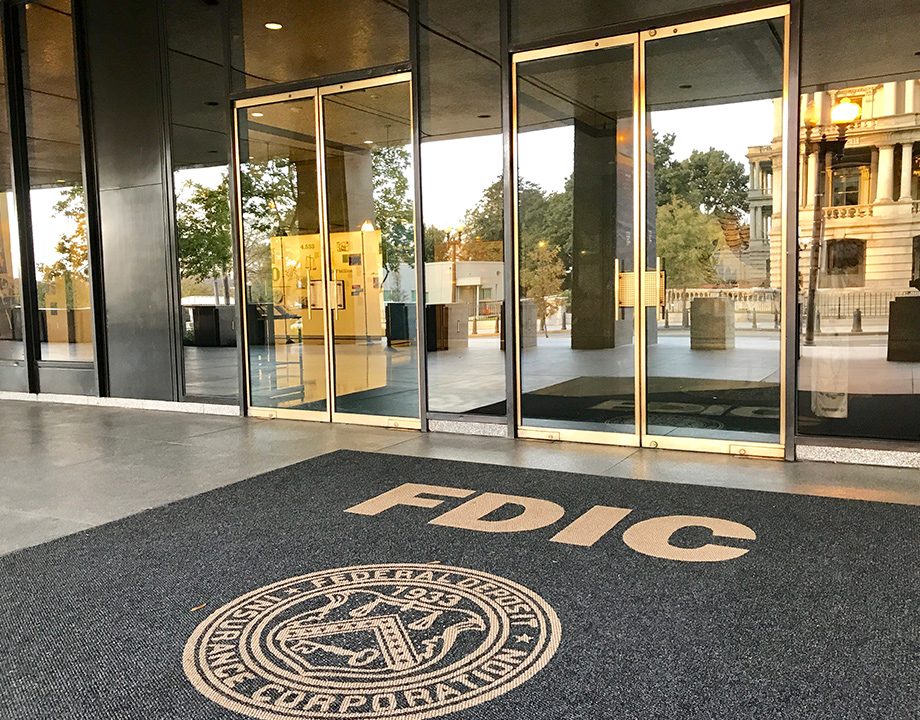
In 1922, Pearl William Chavers Drafted A Document Called “The Chavers Plan For Guaranteeing Bank Deposits.” In It’s Proposal, He Called For Federal Legislation That Required National Banks To “Furnish Surety Bonds For Protection Of Depositors.” According To Chavers, This Would Guarantee Safety Of Bank Deposits Requiring Banks To “Secure A Bond In The Amount Equal To The Total Amount Of Capital Stock.”
With the support of Illinois Congressman Thomas A. Doyle, “The Chavers Plan for Guaranteeing Bank Deposits” formed the basis of H.R. 8977 submitted to Congress on April 30, 1924. During the prosperous 1920s, the bill languished in the House Subcommittee on Banking and Currency. However, during the 1930s, in the midst of worsening economic conditions, Chavers’s brainchild and later similar bills were melded together to form the cornerstone of the Banking Act of 1933.
“The Chavers Plan for Guaranteeing Bank Deposits” played the leading role in the subsequent establishment of the Federal Deposit Insurance Corporation (FDIC).
Additionally, P. W. Chavers was a visionary banker, entrepreneur, industrialist, philanthropist, African American journalist and newspaper publisher/owner, founded the first black-owned national bank called the Douglas National Bank (named after the great abolitionist, Frederick Douglas), built a successful insurance company, owned a women’s sewing company, owned a dress shop and was a real estate developer in Chicago, Illinois. He devoted his life to the establishment of a black economy in Chicago.

